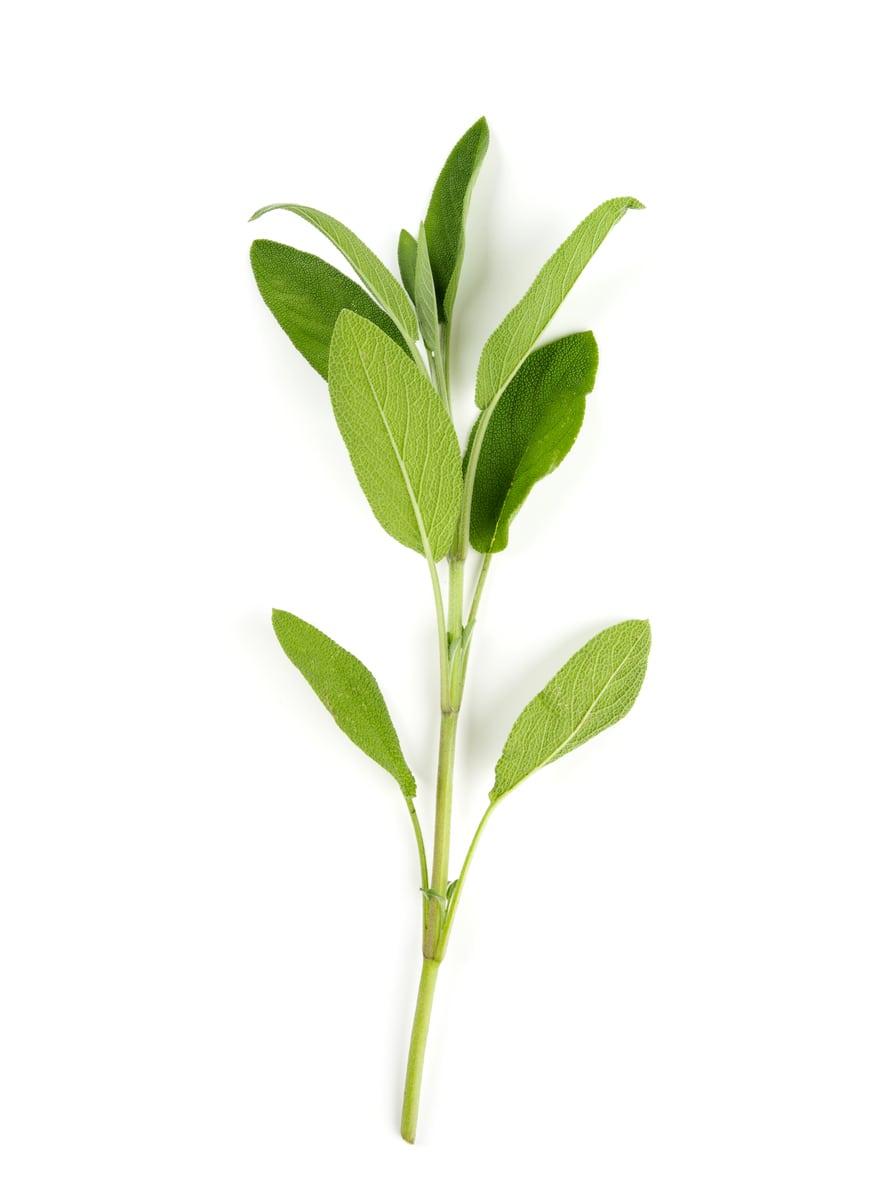Salvia Cutting Propagation: Can You Grow Salvia From Cuttings


Salvia, commonly called sage, is a very popular garden perennial. There are over 900 species out there and every gardener has a favorite, like the deep purple clusters of Salvia nemorosa. If you have salvia and want more of these easy-care beauties, nobody can blame you. Fortunately, it’s not difficult to propagate. Can you grow salvia from cuttings? Read on for information about salvia cutting propagation including tips on how to root salvia cuttings.
Can You Grow Salvia from Cuttings?
The great thing about salvia cutting propagation is that you are certain to get plants exactly like the parent plant. With seed propagation, this isn’t always the case. Anyone with sage plants can start propagating salvia from cuttings. It’s easy and virtually foolproof. When you are propagating salvia from cuttings, you’ll want to cut segments of the plant from stem tips. Some experts recommend that the cutting include one bud at the top of the stem and two leaf nodes. These are the places leaves grow from the stem. Others suggest taking a cutting between 2 and 8 inches (5-20 cm.) long. In either case, be sure you use sharp, sterilized pruning shears and make the cut just below a node.
How to Root Salvia Cuttings
As you take the cuttings for salvia cutting propagating, place them in a glass of water, cut-end first. That helps to keep them fresh. The next step is to trim off all leaves on the lower few inches (8 cm.) of the stem cutting. If you are working with big-leaf salvia, also cut off the lower half of each leaf you’ve left on the stem. You can either start propagating salvia from cuttings by placing them in water or by putting them in soil. If you opt for salvia cutting propagation in water, just put the cuttings in a vase and add a few inches (8 cm.) of water. After a few weeks, you’ll see roots growing. When rooting salvia cuttings in soil, dip the cut end in rooting hormone, then plant it in moist potting medium. One good medium to try is a 70/30 mix of perlite/vermiculite and potting soil. Again, expect roots in about 14 days.
Sign up for the Gardening Know How newsletter today and receive a free copy of our e-book "How to Grow Delicious Tomatoes".

Teo Spengler is a master gardener and a docent at the San Francisco Botanical Garden, where she hosts public tours. She has studied horticulture and written about nature, trees, plants, and gardening for more than two decades, following a career as an attorney and legal writer. Her extended family includes some 30 houseplants and hundreds of outdoor plants, including 250 trees, which are her main passion. Spengler currently splits her life between San Francisco and the French Basque Country, though she was raised in Alaska, giving her experience of gardening in a range of climates.